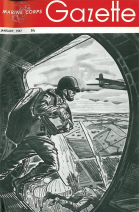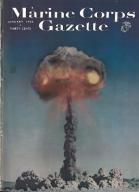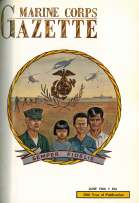The Beirut Bombing
The facts are stark. Twenty years ago, very early at 0622 on 23 October 1983, a lone suicide bomber drove a Mercedes truck-packed with the equivalent of 12,000 pounds of TNT-into the building housing many of the Marines of the 24th Marine Amphibious Unit (24th MAU) killing 241 Marines and members of other U.S. Services. Most of Headquarters and Services Company of Battalion Landing Team, 1st Battalion, 8th Marines (BLT 1/8) was wiped out. At the same time, another suicide bomber drove a van into the barracks housing the French Foreign Legion killing several doxen Legionnaires. Read the entire article.













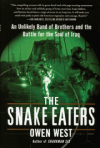




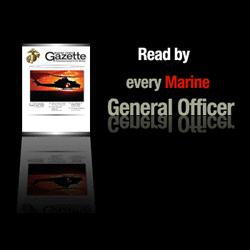
.gif)















